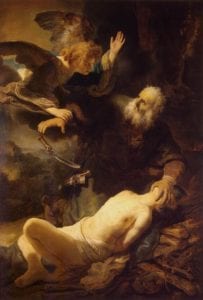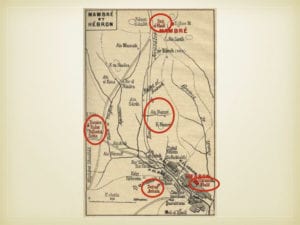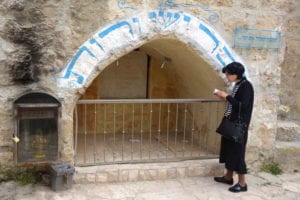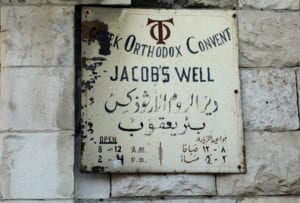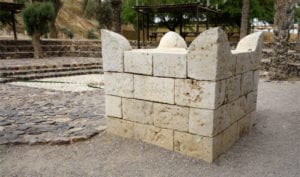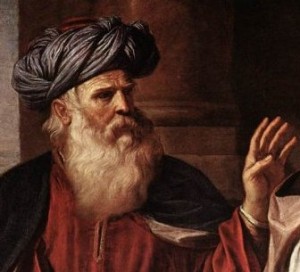
An Old Testament KnoWhy relating to the reading assignment for Gospel Doctrine Lesson 21: “God Will Honor Those Who Honor Him” (1 Samuel 2-3; 8) (JBOTL21A)
Question: Within the short space of one chapter, the boy prophet Samuel speaks the phrase “Here am I” five times. Is there something more than meets the eye in his repeated reply?
Summary: Yes, when spoken in a spirit of meekness in response to a call from the Lord, it is not a simple assertion of availability but rather of humility and moral readiness. In this article, we will review a few instances of the phrase “Here am I” in scripture. With the these examples in mind, we will examine the story of Samuel’s call verse-by-verse — and its implications for our own responses to God’s invitations to serve. Modern photographs and descriptions of the ancient site of Shiloh, where the building housing the Tabernacle once stood, are included at the end of the article.
The full article may be found at the Interpreter Foundation website: KnoWhy OTL21A — What Is the Meaning of the Samuel’s Reply: “Here Am I”?
